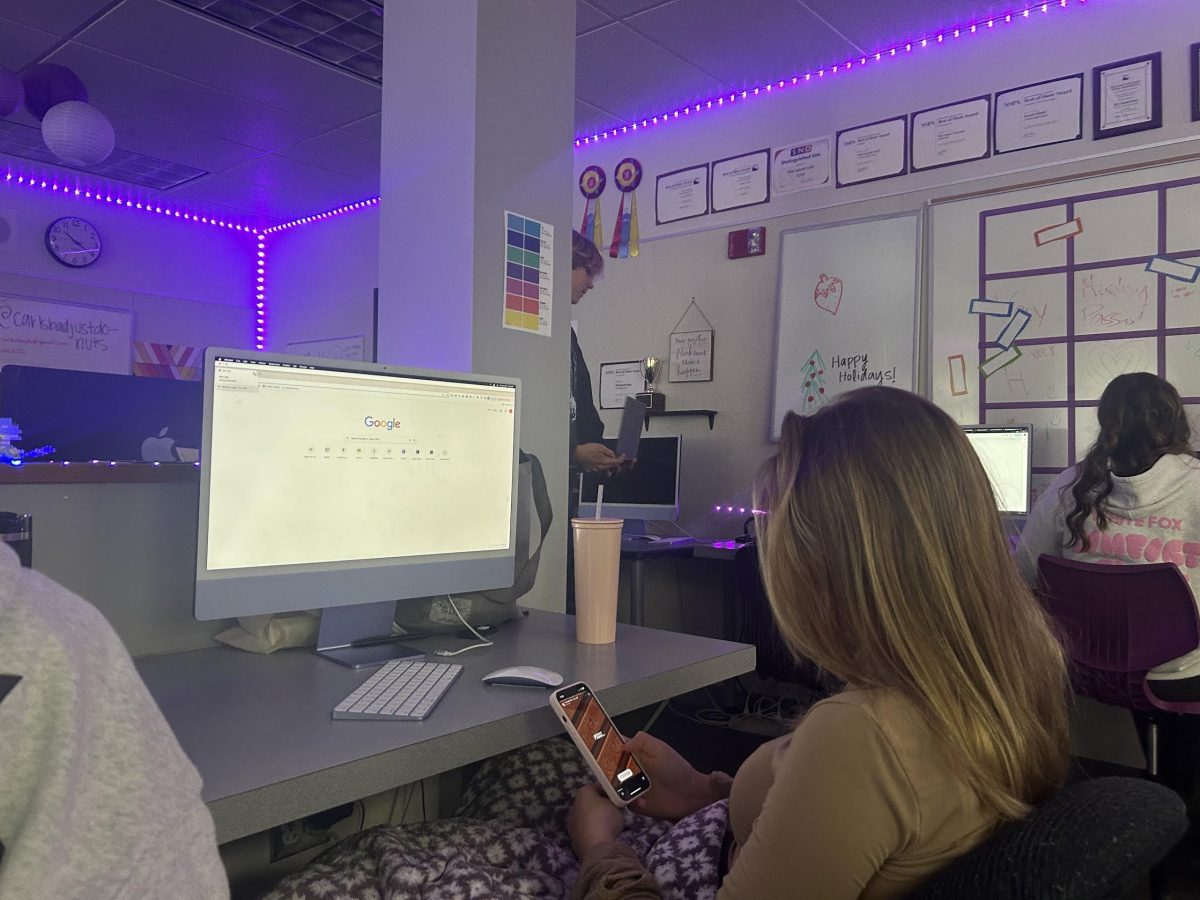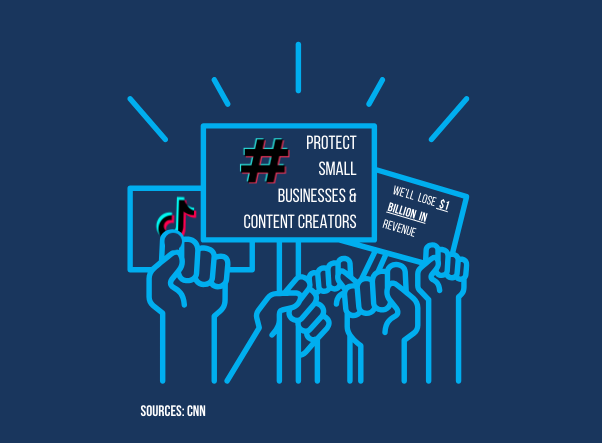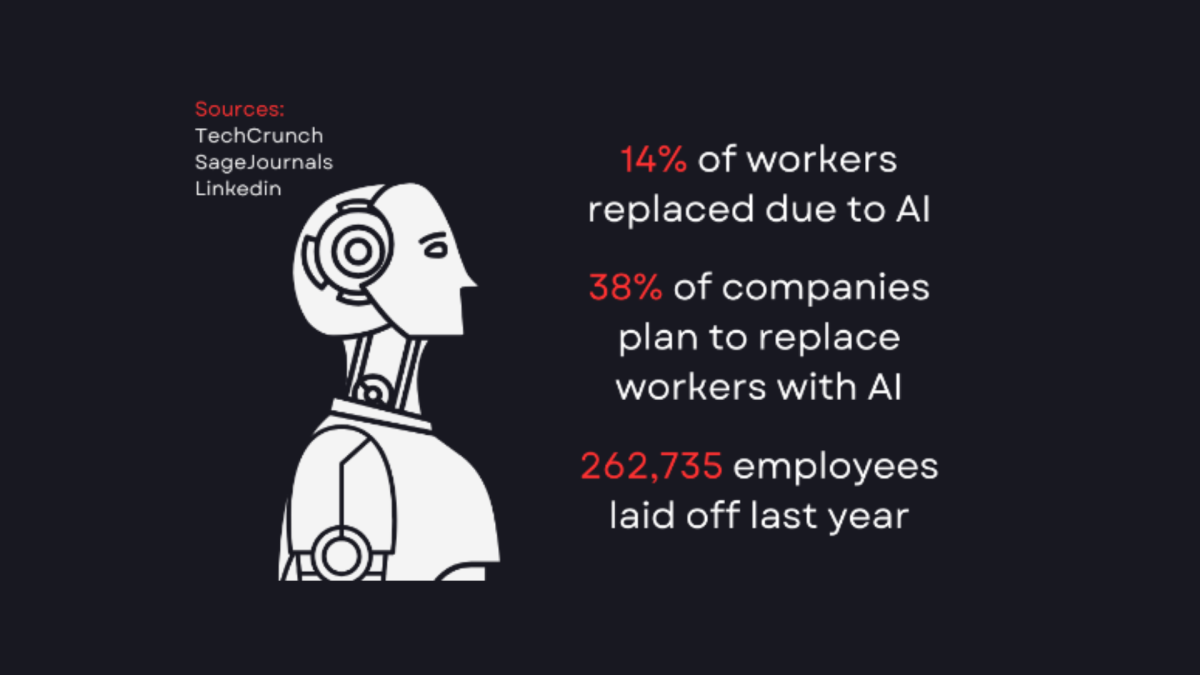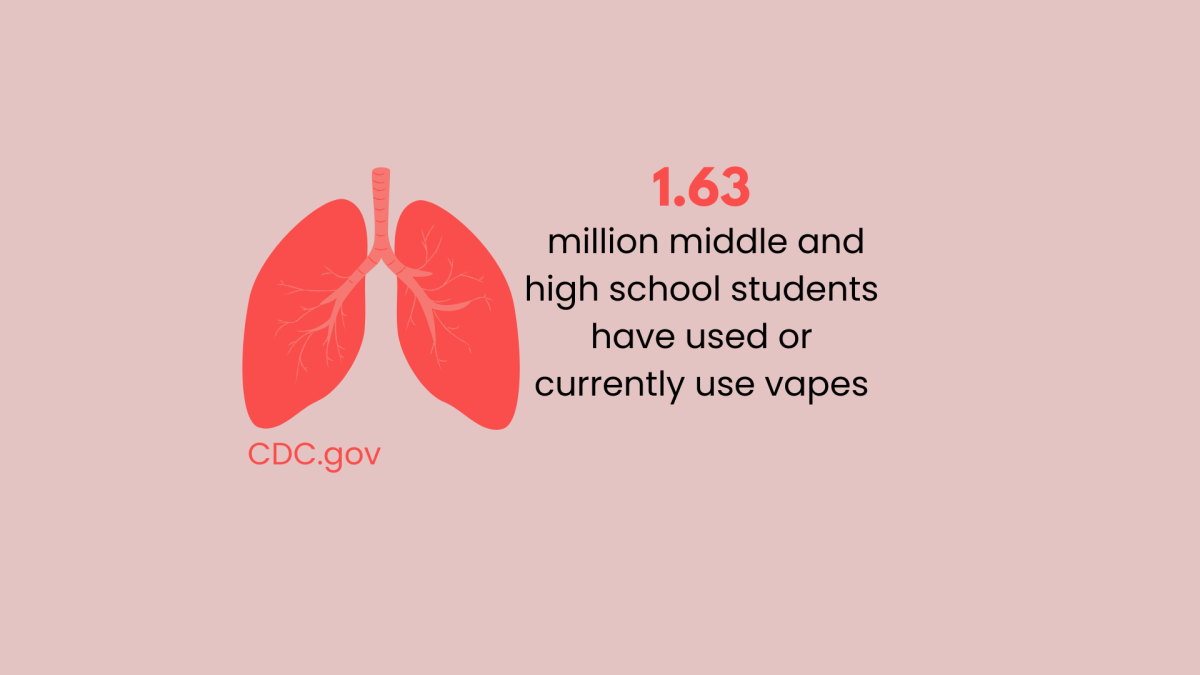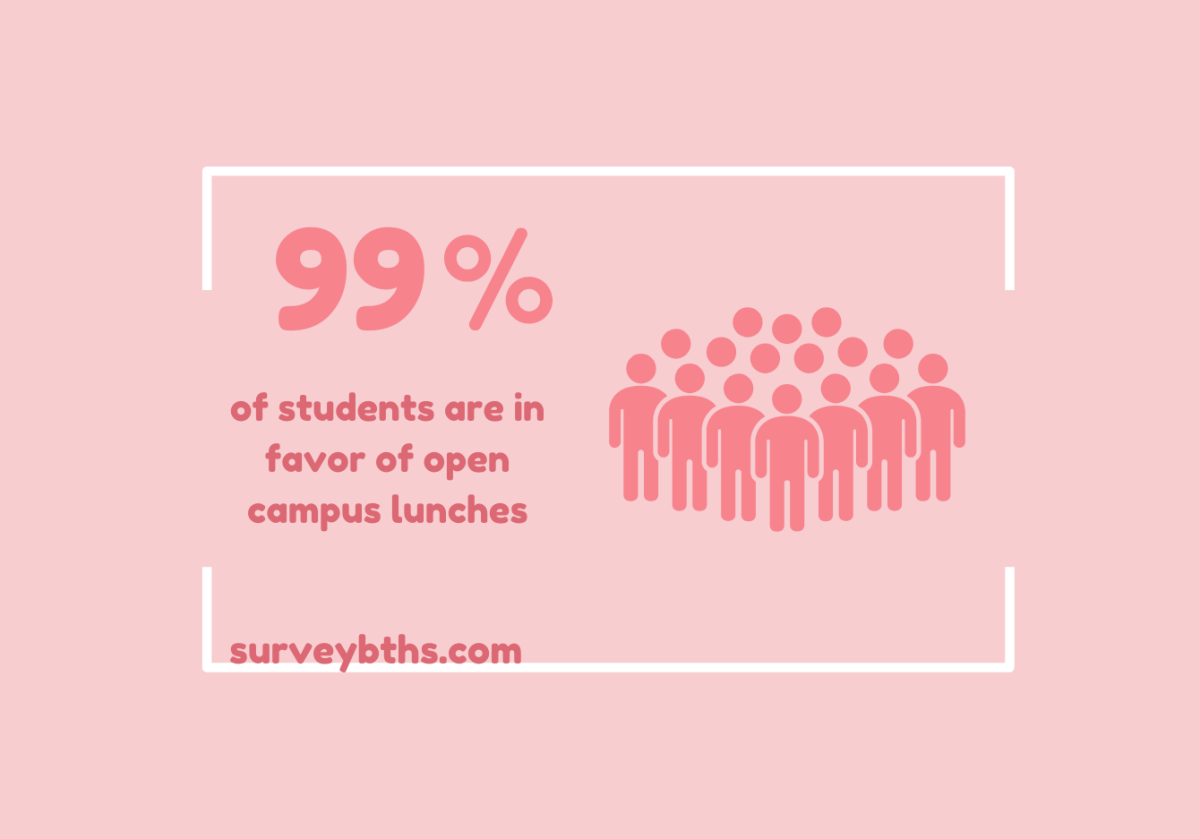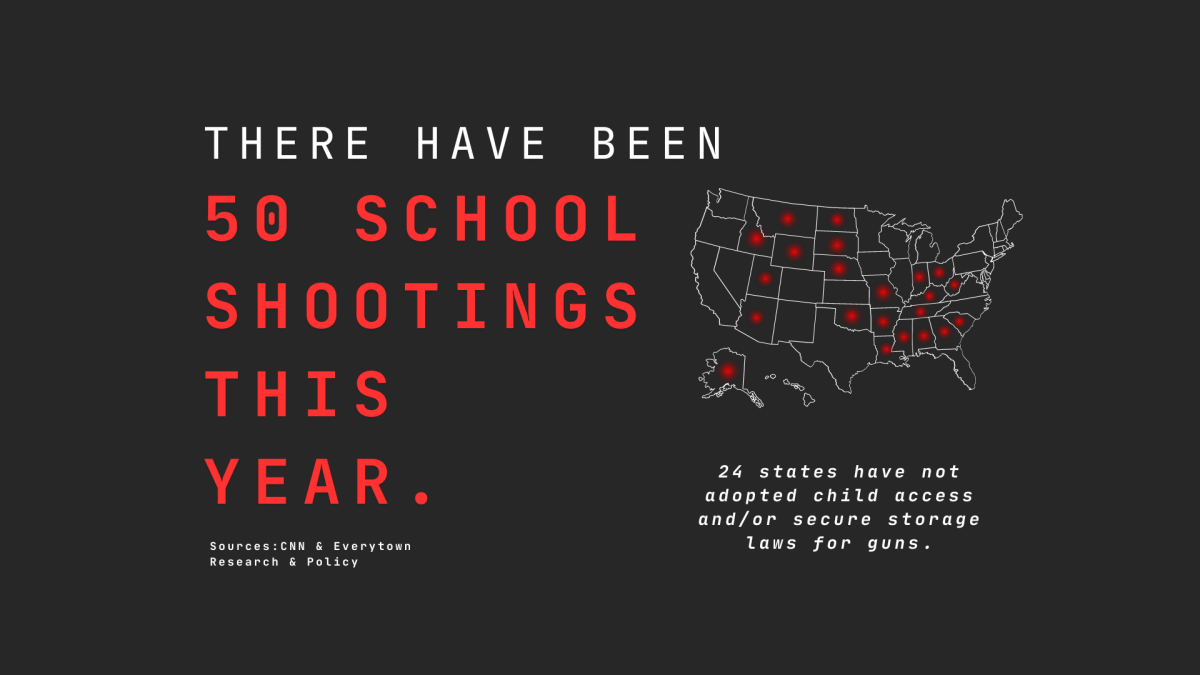Technology is decreasing our attention span: here’s how it affects our everyday lives
In recent years, technology has created an expectation of instant gratification through its constant accessibility and convenience. Technology has an underlying issue among students: its effect on students’ attention spans.
Maintaining a good attention span is crucial to academic success. In the classroom, teachers expect undivided attention from their students. However, devices like phones become tempting to look at the second a student receives a social media notification, email or text message. Now that a student’s focus is shifted from what is being taught to their device, they may face difficulties concentrating in class, completing assignments and retaining information.
During the 2020 global pandemic, schools shut down and found an alternative method to continue learning: online school. Teachers resorted to online meetings to act as a virtual classroom. Despite attending classes, students became accustomed to no physical authority in the room keeping them on task, leading to struggles being attentive during learning.
Online learning made it easy for students to withdraw from the learning session, and with all the time at home, technology became a number one outlet to suffice boredom. So as schools transitioned back to in-person schooling, students have contrived their decreased attention spans from that time they spent learning at home.
The popular apps TikTok and Instagram offer short videos that can occupy someone for hours, known as “endless scrolling.” These apps are a big contributor to high screen time and are known to shorten people’s attention spans, as these 15-30 second videos offer different types of content in short amounts of time.
The decreased attention span in students is evident in classrooms with students having to take more frequent breaks from their schoolwork and constantly checking their phones. An article on the impact of short attention spans by Michael Murio emphasizes that short attention spans interrupt productivity and result in “cognitive overload” and exhaustion. Reduced attention span affects school productivity and performance, and teachers have been incorporating their own strategies to resolve this issue.
At Carlsbad, classes run for approximately two hours. According to the American Physiological Society, many authors agree a 10-15 minute lecture session already reaches the biological setpoint, which is the body’s natural state for attention span, of the average student.
Teachers have combated technology use in class by implementing phone rules, like phone pockets. Phone pockets, assigned to each student, forces students to pay attention in class without this big distraction.
To avoid academic setbacks caused by technology, incorporating strategies to stay focused and productive while off screens can minimize its negative effects on students. This must be adhered to promote productivity and focus, benefiting students in the future, like in college or work.



